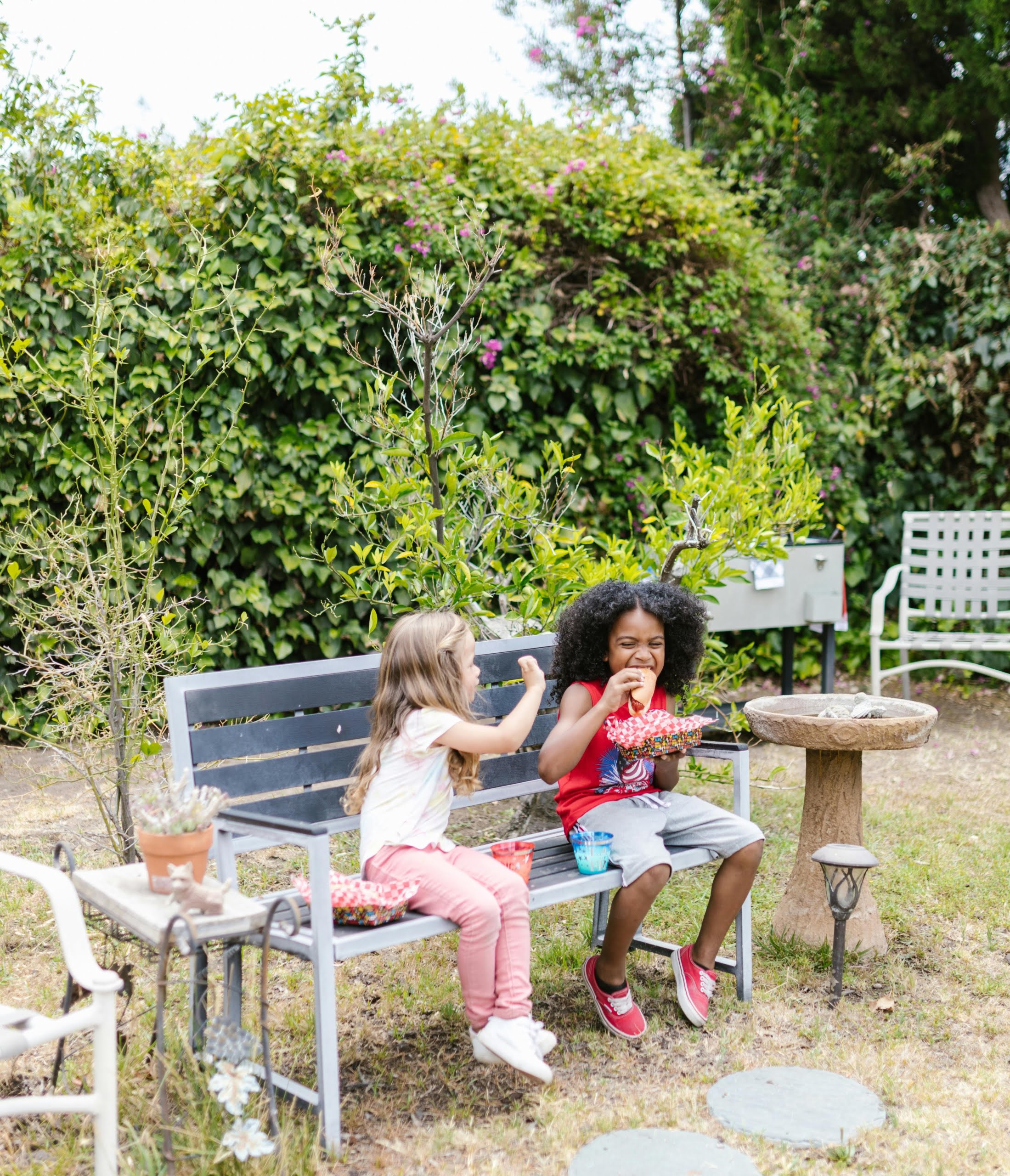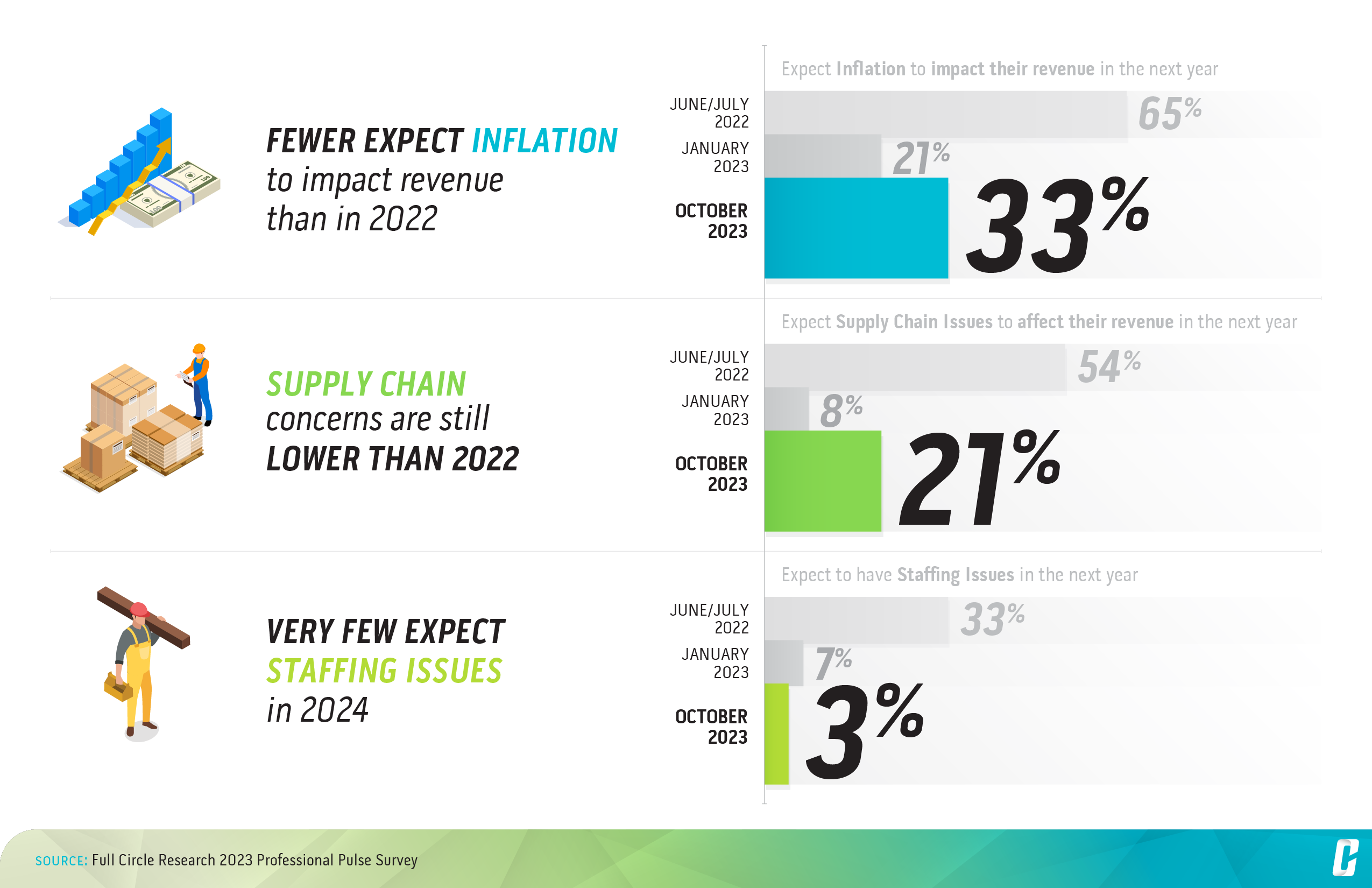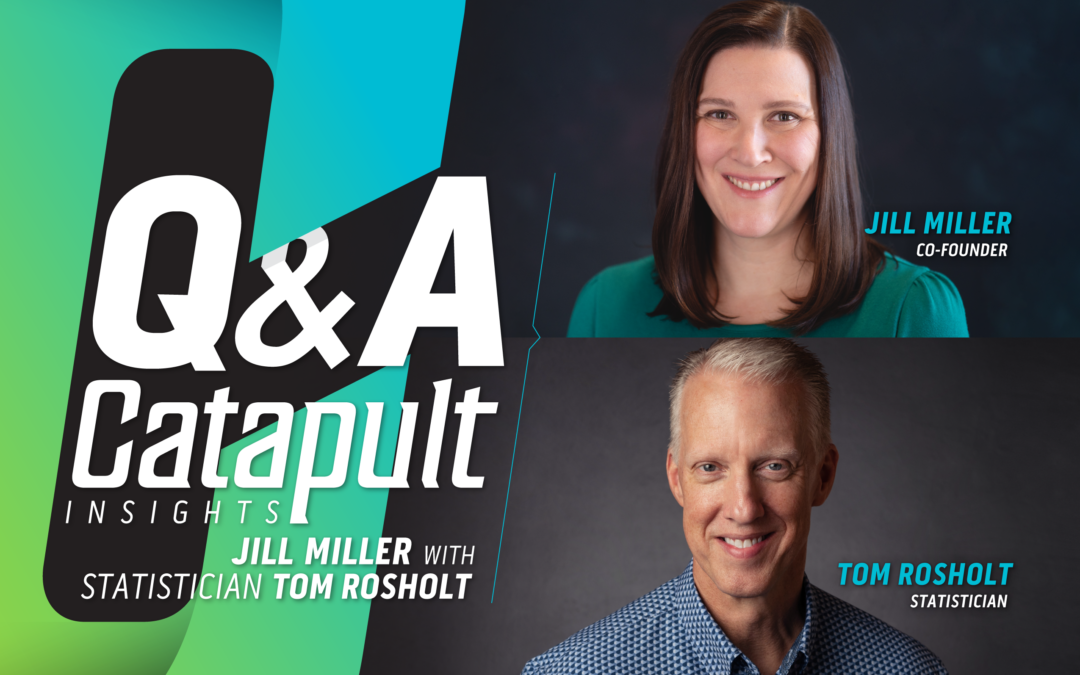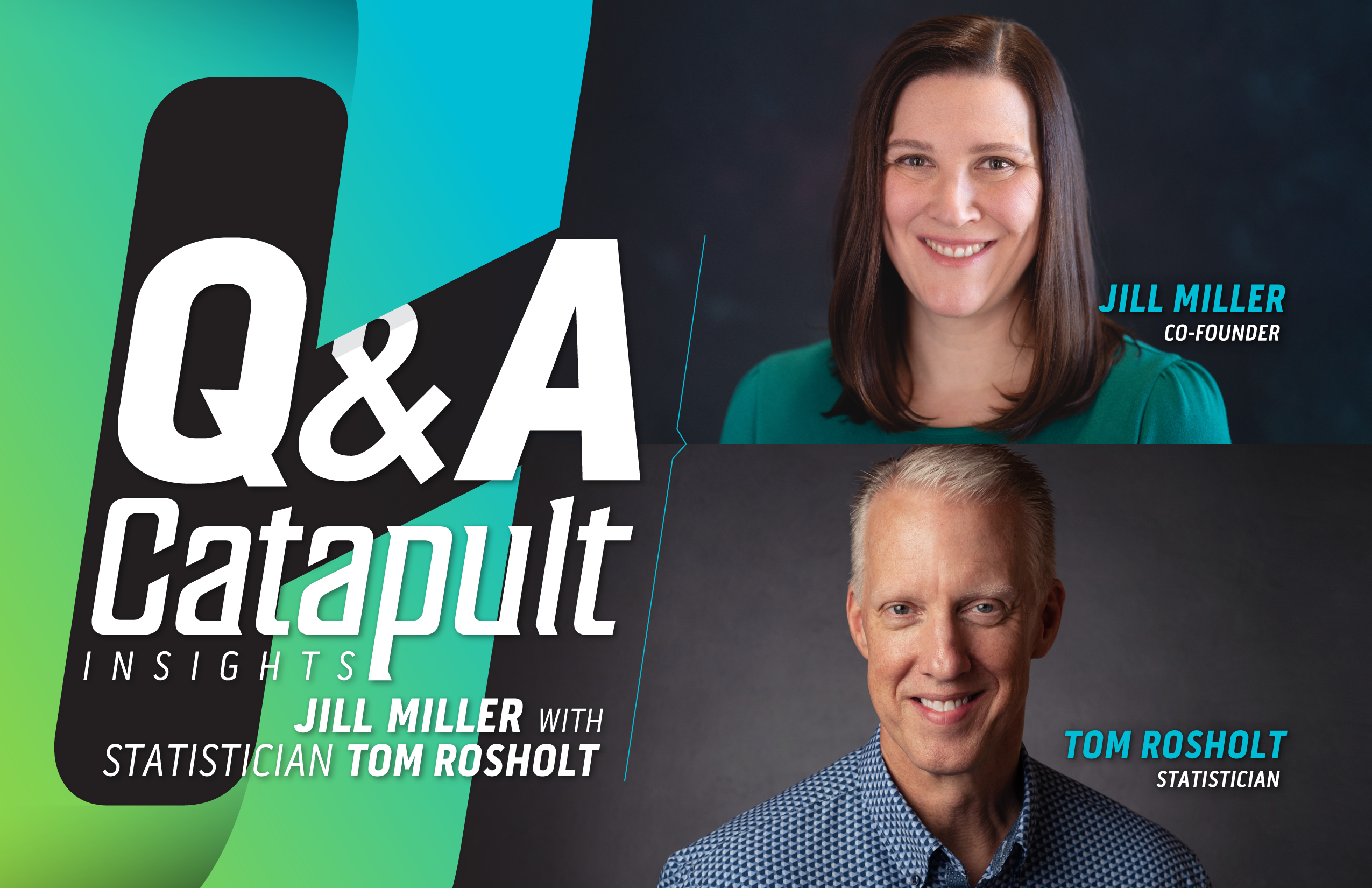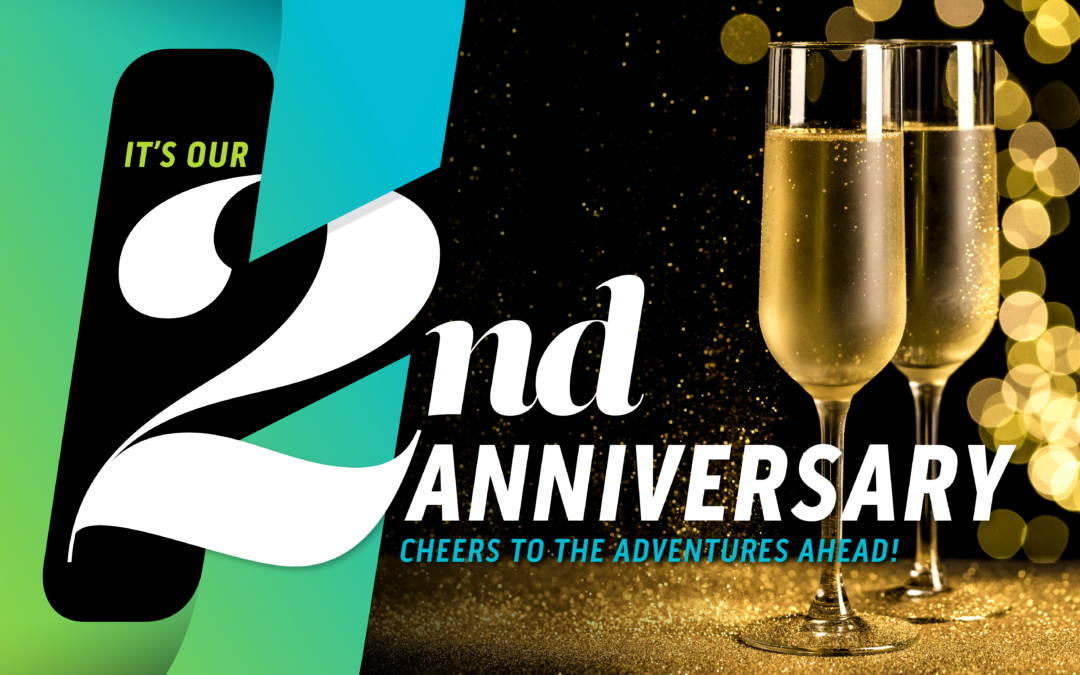
Celebrating Two Years of Catapult Insights
Celebrating Two Years of Catapult Insights
Year 2 of Catapult Insights flew by and we’re taking a look back at some of the high points and surprises we experienced along the way. Read on to hear from our team as we reflect on another great year and plan for more adventures together.

What surprised you most in year 2?
Justin: Expansion! Most startups want to be profitable by the end of year 2, and we found ourselves already growing. It was a shocking place to be, and I can’t thank our clients like Amazon, Starbucks, and Delta Faucet enough for joining us on this adventure.
What do you tell your parents or friends about Catapult Insights?
Justin: I tell them I feel like a champion because of my colleagues and the brainpower and grit they bring to our work. That’s the sort of thing that elevates my day-to-day experience and reinforces the meaningfulness of what we do. The Bulls in the 90s were great because they had great players, yes, but they were champions because they challenged each other to be even greater. That’s our vibe in year 2.
Andre, why did you decide to join Catapult Insights in year 2?
Andre: I was at a crossroads in my career and employment and was thinking about what I wanted to do professionally that would both satisfy my desire to put my education and experience to good use and allow me the flexibility to make having time for my family a priority. I started thinking about staying on the research provider side of the business, which then led to thoughts of, “Well ok, but big, medium, small?” Then I considered hopping over to client-side but knew that I would have to trade-in the variety of work I have grown to love for something a bit more focused.
So, what to do? Well, the stars aligned with Jill and Justin having finished an amazing first year at getting Catapult Insights up, running, and thriving to where they were looking for help to keep up with all the work that was coming in. Full transparency, I had worked for the better part of a decade with Jill and Justin at a prior research vendor, so I knew of their expertise, work ethic, and dedication to the research craft that aligned with my own. So, when they found out I was a free agent, they quickly got me on the phone and the rest is history. I’ve never been so sure of a decision in my life in both what was best for my family and career. Now I get to work every day with people I truly like (both professionally and personally), the work is thought provoking and forward-thinking, and I get to take lots of “peekaboo” breaks to play with my kids.
What has been the best part about working at Catapult Insights?
Jill: Our team and our clients! Who I work with is really the biggest factor that impacts how happy and satisfied I am in my professional life. I couldn’t ask for a better team at Catapult Insights. We collaborate and communicate well, and bring unique but complementary skill sets and points of view to our work together. Add to that a group of smart, motivated, and collaborative clients and it’s the perfect combination for success and happiness. We have a great mix of clients. While some come to us for the occasional project, the majority of our work is with our core set of repeat clients who have truly become our partners. We know their businesses well and are dedicated to making sure not only are their projects a success but that they are as well. Nothing makes me happier than finding out my clients got great compliments on the work we’ve done together or even promotions because they’ve made such an impact on the organization through their consumer insights work. I feel lucky to have found a great team and set of client-partners to work with every day.
What was your favorite project this year and why was it your favorite?
Jill: A Sporting Event qualitative project for a newer sports league that allowed us to experience the customer journey in a new way. We’ve done a ton of qual work interviewing consumers in situ, but this one felt different because we were up close and right in the action, experiencing it for the first time alongside new fans who had never been there before. Interviewing them in real time gave us great insight into their experiences and we felt like we were truly going through their journey with them as the event unfolded. Plus, our clients were eager to act on the insights we gathered to level-up their next event.
Andre: Helping a well-respected leader in the durable goods sector with new product development – for the better part of a year we supported them with multiple studies to ensure this product had no red flags at play and that it would be priced within consumer expectations, and ultimately ended with in-home tests where we got to see potential customers using the product. Very rarely do you get a front row seat to see a new product in the design phase slowly become a reality, even rarer is having enough proximity to impact and shape that product with the thoughts and words in my head. Incredibly satisfying.
Justin: One of our clients in the QSR space is working on an initiative that will make a huge splash in sustainability and waste-reduction. It’s a big idea that will change a lot about the way their customers interact with the brand while also evolving the design of a central brand symbol. Our work is helping them understand customer perceptions and acceptance to ensure a smooth transition. The public rollout will take a few years, so stay tuned to hear more about our work after it launches.
As we close the book on year 2 we’re looking on to the future feeling inspired and excited. Cheers to a fantastic year 2 and to the adventures year 3 will bring.
THE CATAPULT INSIGHTS TEAM
